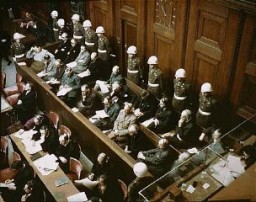You searched for: annexation austria
<< Previous | Displaying results 1-10 of 144 for "annexation austria" | Next >>
-
Annexation of Austria
FilmGerman troops entered Austria on March 12, 1938. The annexation of Austria to Germany was proclaimed on March 13, 1938. In this German newsreel footage, Austrians express overwhelming enthusiasm for the Nazi takeover of their country.
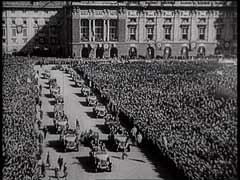
-
Annexation of Austria
PhotoAdolf Hitler and his entourage view a military parade following the annexation of Austria (the Anschluss). Vienna, Austria, March 1938.
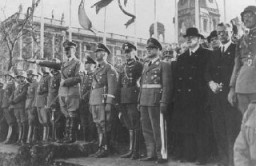
-
Annexation of Austria: The Anschluss
FilmIn an attempt to prevent the German annexation of Austria, Austrian chancellor Kurt von Schuschnigg called a plebiscite (referendum) on Austrian independence. On March 11, 1938, the Germans pressured Schuschnigg to cancel the plebiscite and resign. This German newsreel footage from March and April 1938 served as propaganda for the Nazi annexation of Austria. It begins with images of pro-Nazi residents in Graz expressing their opposition to Schuschnigg's plebiscite. It also includes footage after…
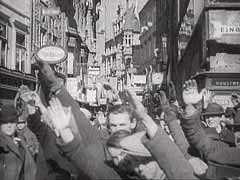
-
German Annexation of Austria
Timeline EventMarch 11-13, 1938. On this date, German troops invaded and incorporated Austria into the German Reich. This event is known as the Anschluss.
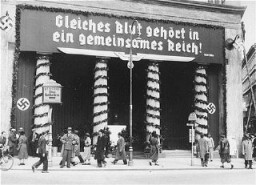
-
Hitler's return to Berlin following the annexation of Austria
PhotoScene during Adolf Hitler's triumphant return to Berlin shortly after Germany's annexation of Austria (the Anschluss). Berlin, Germany, March 17, 1938.
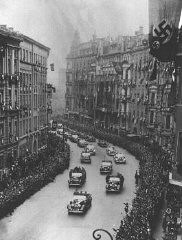
-
Austria
ArticleLearn about the German annexation of Austria, the establishment of Nazi camps, Kristallnacht, and deportations from Austria during the Holocaust.
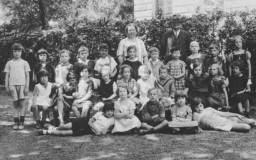
-
Jews line up outside a Vienna police station hoping for exit visas
PhotoJews wait in line at the Margarethen police station for exit visas after Germany's annexation of Austria (the Anschluss). Vienna, Austria, March 1938.
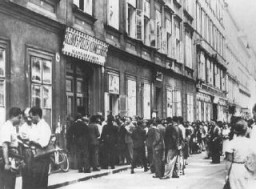
-
The Soviet Union and Europe after 1945
ArticleLearn more about the Soviet occupation of Europe before and after the defeat of Nazi Germany and the end of World War II.
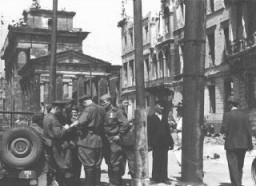
-
Klara Taussig and Ernst Brecher on an outing in the Austrian countryside
PhotoKlara Taussig and Ernst Brecher go on an outing in the Austrian countryside before their marriage. They later had a son, Heinz, who was born on August 29, 1932 in Graz, Austria. where his father was a merchant. After the Germans annexed Austria in 1938, Klara and Ernst sent Heinz to live with friends of an aunt in Zagreb. Heinz survived and eventually came to the United States on the Henry Gibbins, a military troop transport. Klara and Ernst died in the concentration camps. Photograph taken…
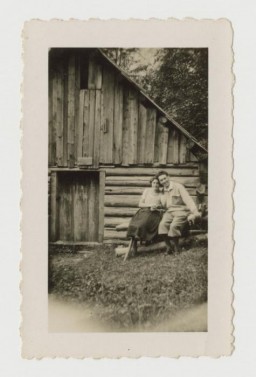
-
Franz von Papen
ArticleFranz von Papen was one of the leading German officials tried during the International Military Tribunal at Nuremberg. He was acquitted of all charges.
